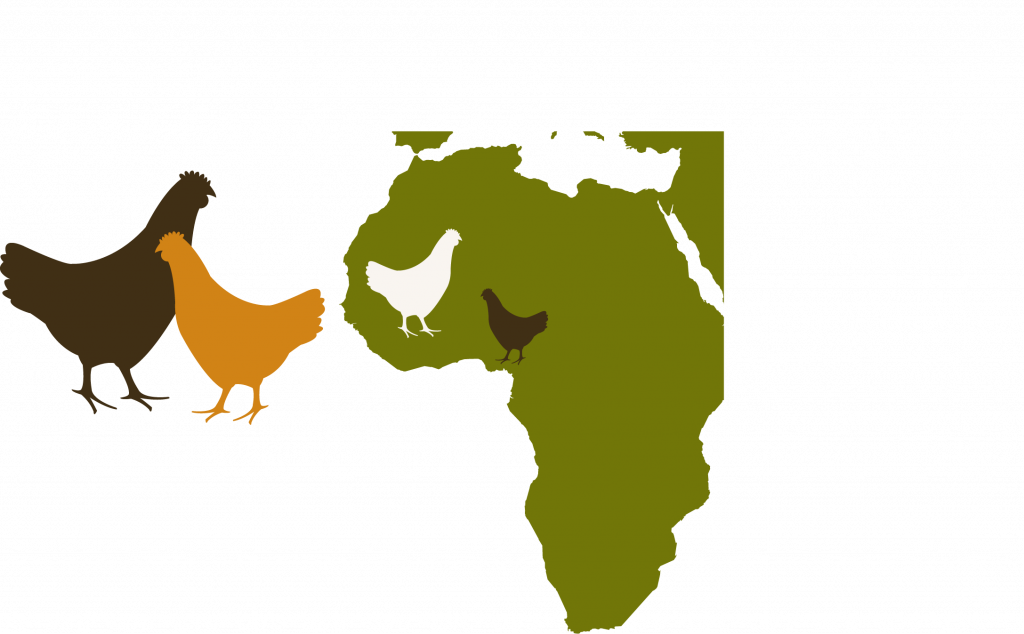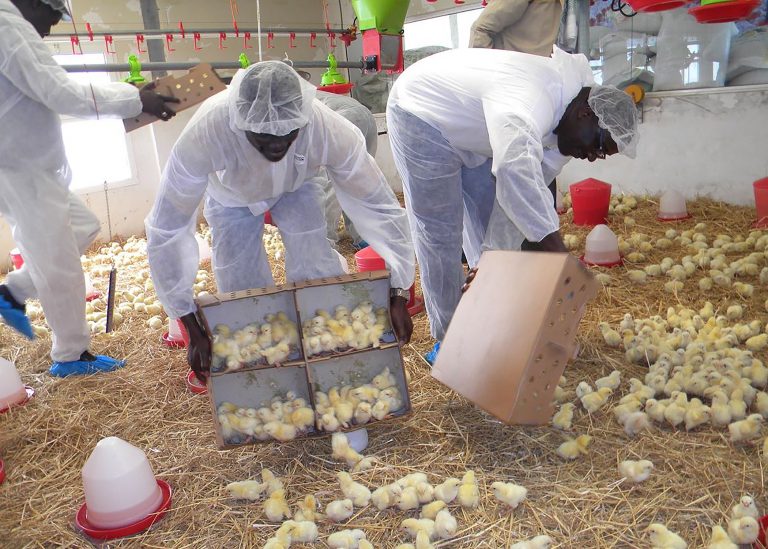Increasing U.S. grains exports is not just a matter of capturing existing market share, but actively seeking new markets to foster additional demand – including those in West Africa.
In 2017, the U.S. Grains Council (USGC) began its initial engagement in West Africa, where is seeks to capture long-term feed demand from the region’s expanding poultry industry. The Council believes the African poultry sector will expand dramatically due to powerful demographic changes occurring in the region. Economic growth and rapid urbanization are leading to changes in diets that require more meat protein.
Poultry is the least expensive and most commonly consumed meat source in the region, and changing consumption patterns are fueling increased poultry demand. The need to import inputs, including feed ingredients and poultry equipment, will also increase – opening the doors for U.S. grains and equipment exports to the region. Before this can occur, however, production challenges like high production costs, poor biosecurity measures and a lack of integration among production operations must be addressed.
To tackle these issues, the Council, in partnership with the Moroccan Poultry Association (FISA), sponsored a series of training programs for the region’s poultry producers in 2017. The Moroccan poultry industry serves as a valuable partner that can demonstrate the evolution of its own poultry sector recent in recent years, providing a model for other countries to follow.
The 2017 training series, designed as a train-the-trainer program, involved a combination of short courses and hands-on application at a poultry training center run by FISA outside of Casablanca. Poultry producers from the West African countries of Senegal, Guinea and Niger participated in this training series, which focused on either broiler, layer or egg production management. Trainees also participated in on-site visits, including visits to commercial broiler farmers, feed mills and slaughterhouse facilities.
In total, 58 poultry producers from West Africa attended trainings through the Council program in 2017, 18 of which were self-sponsored, a key measure of the level of interest and enthusiasm for the training program. The Council’s hope is to provide “seed money” to get the training program started, and then let the West African industry increasingly pay some of the ongoing costs to maintain it. Active participation at this stage, including financial investment by local industry, demonstrates that poultry producers in West Africa see the value of the training program and how it can be the foundation for the long-term development of poultry industries in the region.
The Council believes that these low-cost but effective programs are vital to creating the markets of the future for U.S. feed grain exporters. West African countries have already started importing U.S. corn, with Senegal and Nigeria importing about 307,000 metric tons in the 2016/2017 marketing year valued at $51 million. While these imports are still small relative to other regions, they are a starting point for future demand growth for the U.S feed grain industry.
About The U.S. Grains Council
The U.S. Grains Council develops export markets for U.S. barley, corn, sorghum and related products including distiller’s dried grains with solubles (DDGS) and ethanol. With full-time presence in 28 locations, the Council operates programs in more than 50 countries and the European Union. The Council believes exports are vital to global economic development and to U.S. agriculture’s profitability. Detailed information about the Council and its programs is online at www.grains.org.


